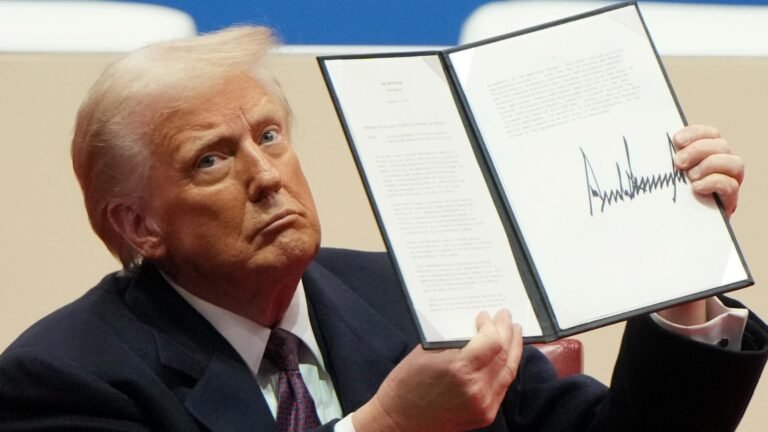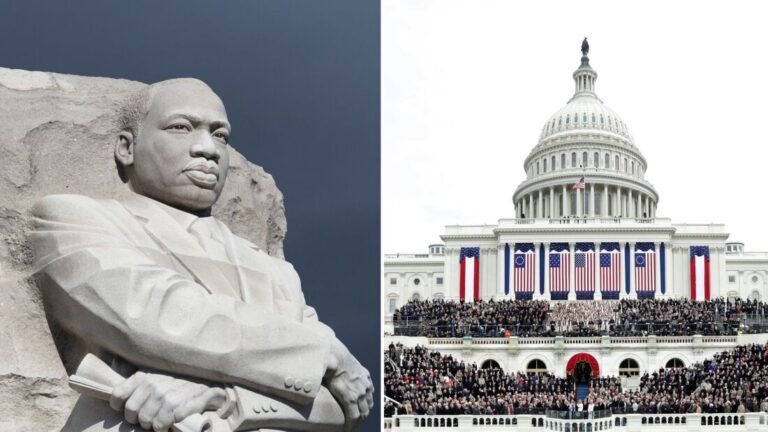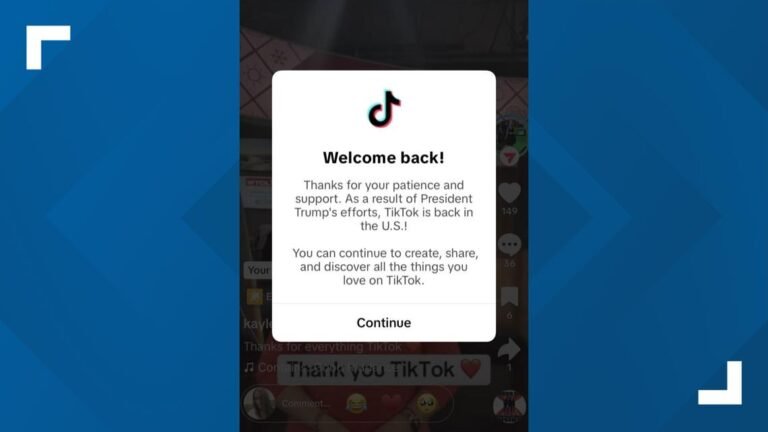
US Bans NVIDIA, AMD GPU Exports to Four Countries
In a significant policy shift, the United States has imposed stringent export controls on advanced GPUs and AI technology, citing national security and global stability concerns. The restrictions, targeting China, Russia, Iran, and North Korea, aim to curb access to high-performance computing power, which is essential for artificial intelligence (AI) development and military applications.
The Commerce Department announced that the new rules will take effect in 120 days. Commerce Secretary Gina Raimondo emphasized the criticality of maintaining U.S. leadership in AI, stating, “The U.S. leads AI now, and it’s critical we keep it that way.”
Why GPUs Matter in AI Development
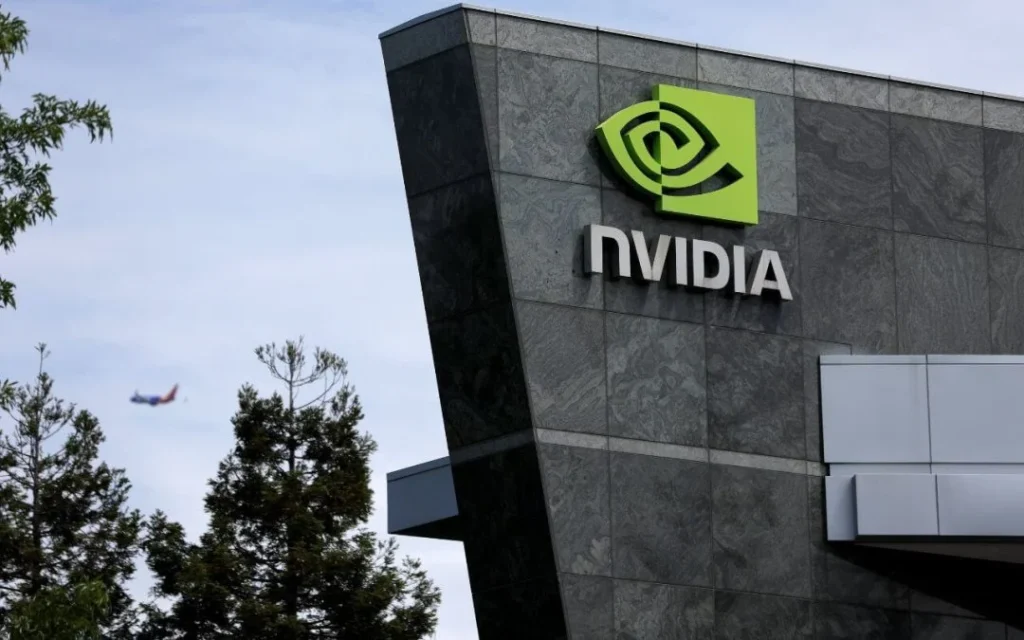
Graphics Processing Units (GPUs), primarily manufactured by American companies like NVIDIA and AMD, are the backbone of AI research. Unlike traditional CPUs, GPUs excel at parallel processing, enabling the handling of vast datasets required for tasks like deep learning, natural language processing, and image recognition. Their export restrictions are poised to create ripples in global AI advancements, particularly in nations heavily reliant on U.S.-sourced technology.
Hierarchical Export Framework
The newly introduced export framework categorizes countries into three tiers:
- First Tier: Close allies such as Japan, the UK, and South Korea face no significant restrictions.
- Second Tier: Countries like India and Saudi Arabia will have access to capped exports, limiting their ability to scale AI infrastructure rapidly.
- Third Tier: Nations such as China, Russia, Iran, and North Korea face a complete embargo on receiving advanced AI chips.
Even within this framework, allies like Singapore and India face unique limitations, reflecting a cautious U.S. approach to technology sharing.
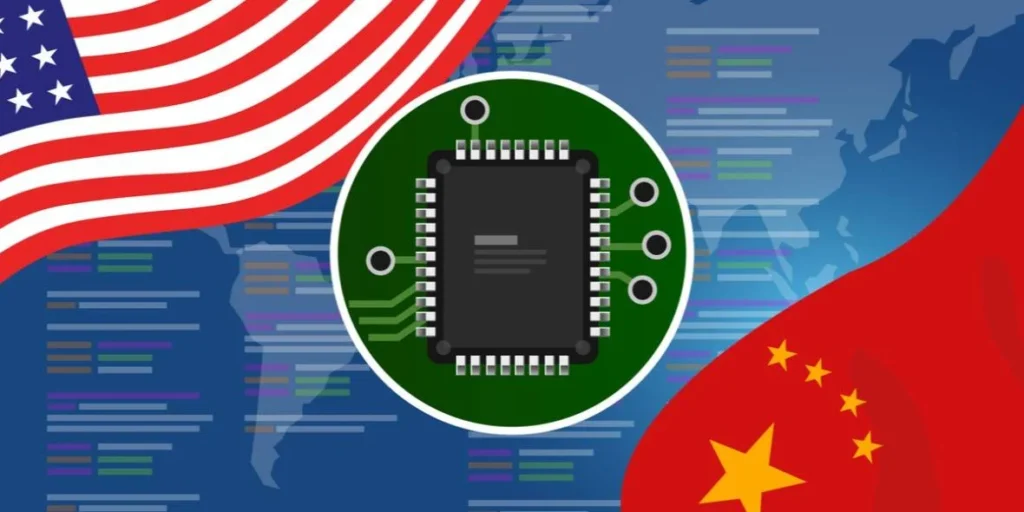
Industry Fallout
Leading tech companies, including NVIDIA and AMD, have criticized the regulations, arguing that restricting widely available technology could backfire. NVIDIA, a dominant player in the GPU market, labeled the move a “misguided overreach” and warned of long-term consequences for American competitiveness.
Global cloud providers like Microsoft, Amazon, and Google are also expected to feel the heat. Under the new rules, these companies must secure special approvals to export GPUs for data center development in restricted nations. Once approved, they will face rigorous compliance requirements, including adherence to ethical AI usage and security standards.
Impact on China
China, in particular, stands to lose significantly from these restrictions. With its ambitions to lead in AI research, the ban disrupts the supply of advanced GPUs crucial for building scalable AI models and infrastructure. This setback could delay the country’s progress in AI-driven applications, including autonomous systems and advanced surveillance technologies.
China’s Commerce Ministry has strongly opposed the measures, vowing to take counteractions to safeguard its technological sovereignty.
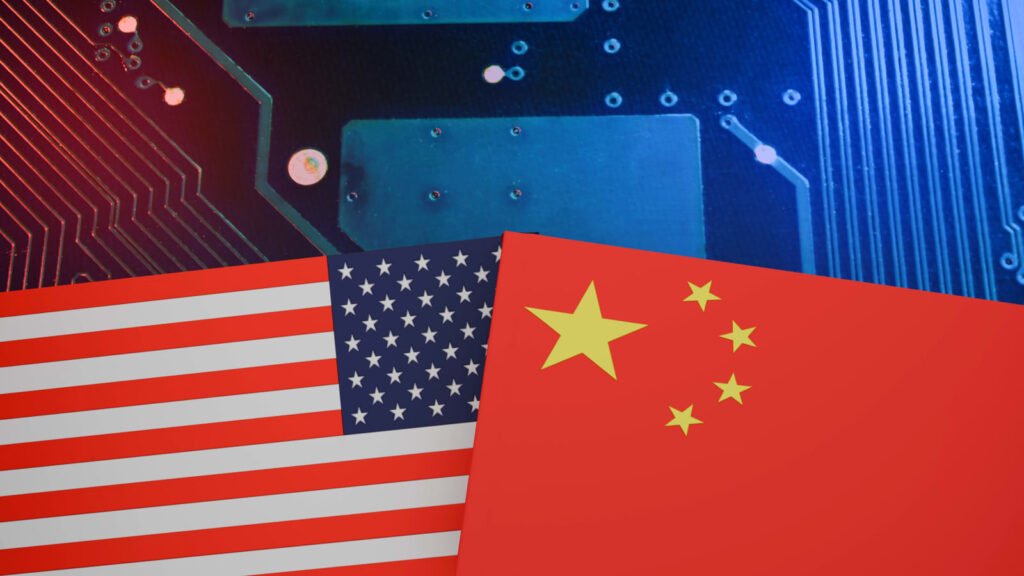
Broader Implications for AI Development
The controls also extend to “model weights,” a critical component in machine learning algorithms, ensuring tighter U.S. control over AI’s foundational tools. By limiting access, the U.S. not only slows down potential adversaries but also establishes a long-term advantage in AI leadership.
However, some experts warn that inconsistent enforcement, especially under the incoming Trump administration, could weaken the effectiveness of these rules.
Competitive Edge for U.S. Firms
The new framework solidifies the advantage of U.S. hyperscalers like Amazon, Microsoft, and Google, who can deploy a fraction of their global GPU capacity in capped countries, such as India, while domestic competitors in these regions face stricter limitations. This dynamic fosters an uneven playing field, ensuring U.S. companies retain their dominance in AI markets abroad.
Balancing Risks and Opportunities
AI has transformative potential in fields like healthcare, education, and environmental sustainability, but it also poses significant risks, including its misuse for cyberattacks and the development of advanced weapons. The U.S. government views these new measures as essential for ensuring AI evolves in a way that aligns with global security priorities.
While the current restrictions aim to safeguard U.S. dominance in AI, their broader impact on global innovation and diplomatic relations remains uncertain. As the U.S. tightens its grip on critical AI infrastructure, the global tech community is left grappling with the implications of a future where access to cutting-edge technology is dictated by geopolitical alliances.
